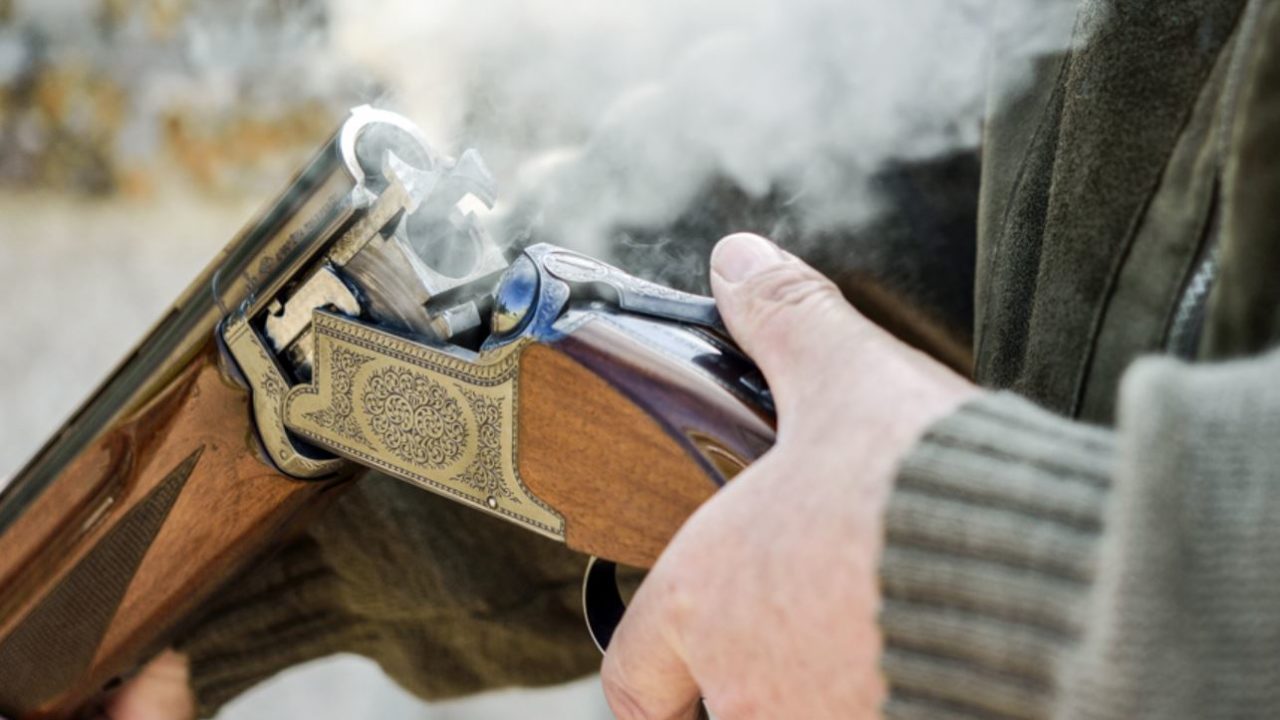Ireland will host the annual general meeting (AGM) of an international group representing hunters of waterfowl later this month.
On February 12 and 13, Co. Wexford will host the AGM of the Waterfowlers’ Network, a group that was founded in 2019.
The group says that its aim is to improve data collection, restore habitats, and “actively engage” in sustainable management of waterbirds.
In Ireland, the National Association of Regional Game Councils (NARGC) is a partner organisation of the Waterfowlers’ Network. It has six other partner groups, which represent hunters in Denmark, Finland, Germany, Sweden, the Netherlands, and the UK.
The partner groups hold joint decision making responsibility within the Waterfowlers’ Network.
According to the network, its work is supported by Aarhus University in Denmark, the Finnish Wildlife Agency, the European Federation for Hunting and Conversation (FACE), and other groups.
These groups will all participate in the AGM in Co. Wexford.
Padraic Breen, the Irish representative to the Waterfowlers’ Network, said: “Ireland has been a long time supporter and active partner in the network. It enables us to draw on a wealth of scientific knowledge and expertise.
“Ireland is the last stop for many waterfowl and so understanding what is happening and getting involved in Europe is key to knowing and understanding the ‘whys’ of migrating and population.
“As a Wexford man I am delighted to welcome our colleagues to our country and in particular the southeast where, aside from the work planned, we will get to showcase the projects we are involved in,” Breen added.
Apart from the AGM, other events have been organised over a three days period, which will include a tour of potential rewetting sites in the midlands, and a seminar in Tullamore, Co. Offaly on the work of the Waterfowlers’ Network.
According to the Waterfowlers’ Network, it is involved in three ‘key projects’, which are:
- SOTKA Project, which aims to restore 400ha of brood habitat for waterbirds in Finland and Scandinavia. These areas are where the majority of Ireland’s migratory waterfowl breed.
- Project Penelope, which is a research project aimed at tracking the Eurasian widgeon (a type of duck) through GPS tracking devices and colour rings.
- Duck Tube Project, which collects data on the use and nesting success of ducks and other waterbirds in artificial nest structures such as duck tubes, nest baskets, and nest boxes.
